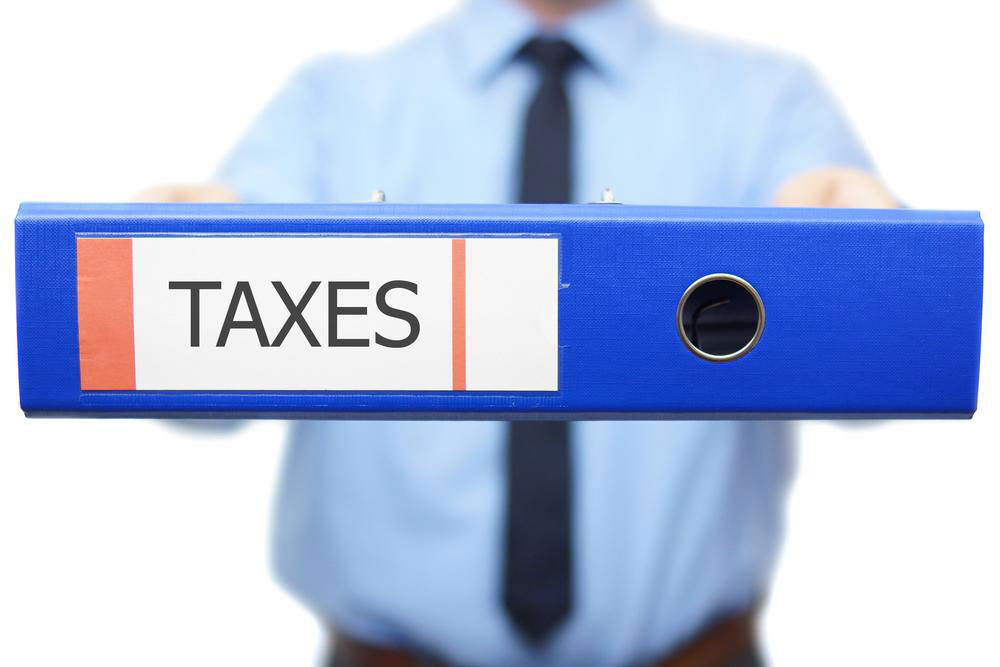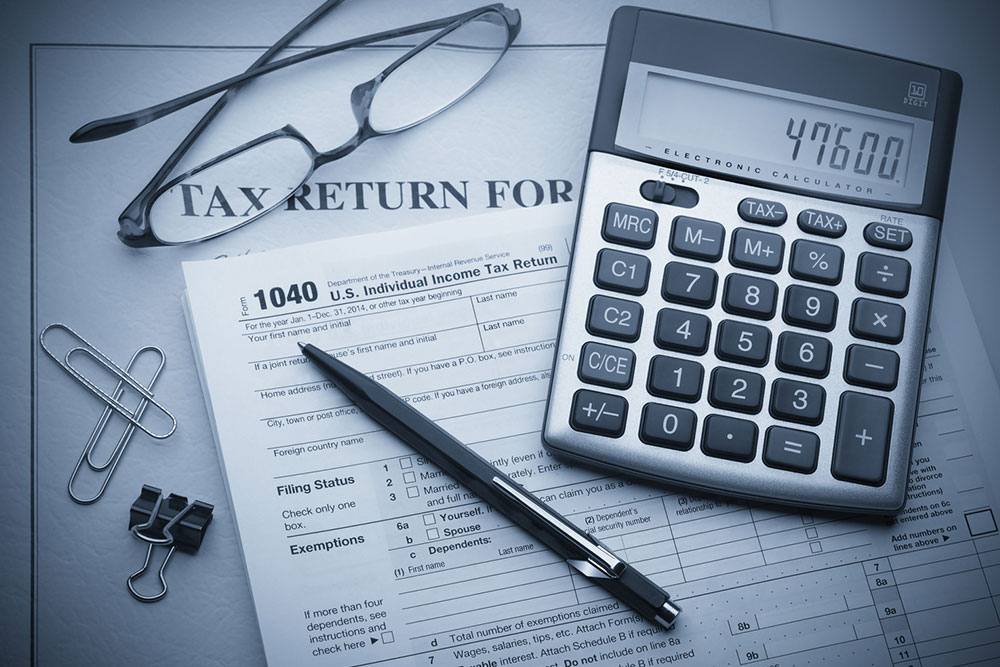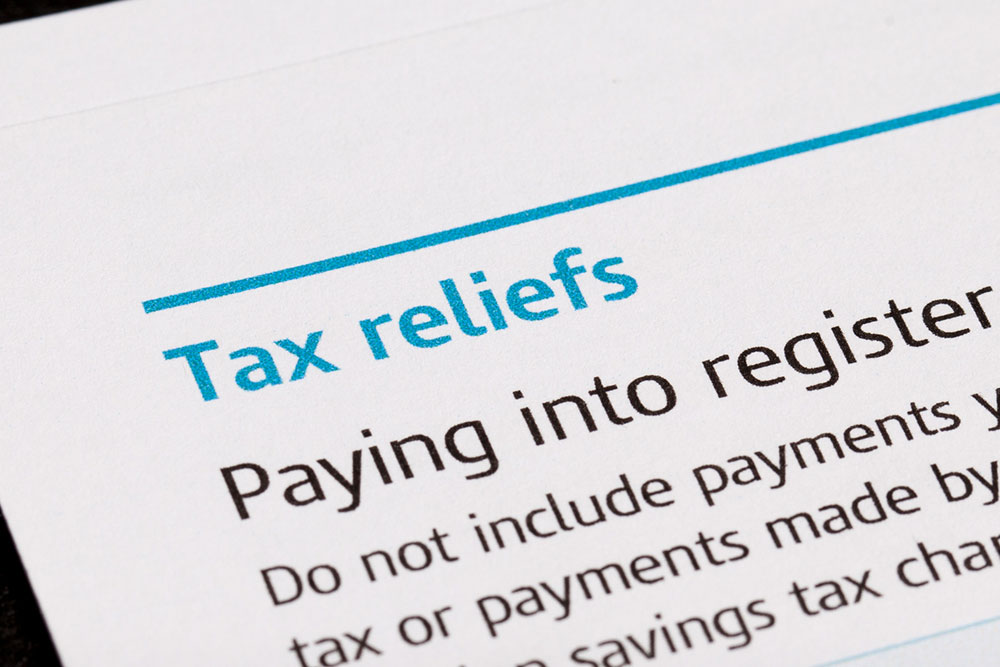Effective Strategies for Small Businesses to Reduce Tax Burden
Discover easy and effective methods for small businesses to minimize their tax expenses. From leveraging tax-free benefits to utilizing carryover deductions, these strategies help optimize tax savings while complying with IRS regulations. Small businesses can benefit from implementing accountable plans and tracking deduction carryovers to reduce overall tax burdens. Keep more of your profits intact by adopting these practical tax-saving tips designed for small business owners seeking financial efficiency.

Effective Strategies for Small Businesses to Reduce Tax Burden
As tax season approaches, small business owners prepare to file their returns, evaluating profits, losses, and overall income. Typically, these businesses report income through personal tax filings, utilizing Schedule C and Form 1040, especially for sole proprietors and single-member LLCs. The top federal tax rate for individuals can reach 39.6%, which, combined with state and local taxes, could nearly double the total tax burden to around 50% for small businesses.
Compared to corporations taxed at approximately 35%, small businesses often face higher tax rates due to their scale and income. To mitigate this, here are practical methods to reduce tax liabilities:
Leverage tax-exempt benefits: Contributing to retirement plans and providing employee medical coverage can help lower taxable income. Additionally, taking out loans with low or zero-interest rates can provide tax advantages, as the IRS considers interest below set thresholds as non-taxable.
Implement accountable plans: These plans allow businesses to reimburse employees for expenses like travel and entertainment without increasing taxable income, leading to deductible expenses and reduced payroll taxes. Both employers and employees benefit from these arrangements by saving on taxes.
Utilize carryover deductions: Some credits and deductions, like capital losses or home office expenses, cannot be fully claimed in one year and can be carried forward to subsequent tax years. Tracking these carryovers ensures businesses maximize their benefits over time, reducing overall tax liability.










